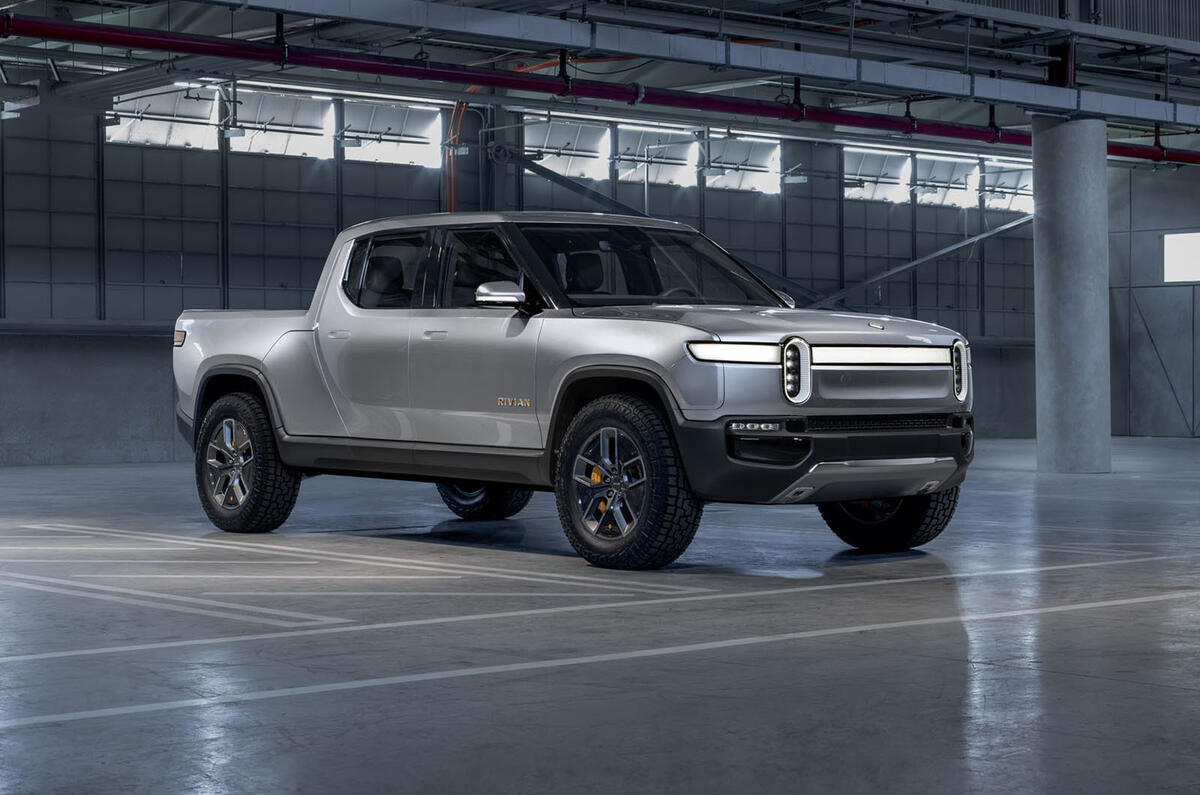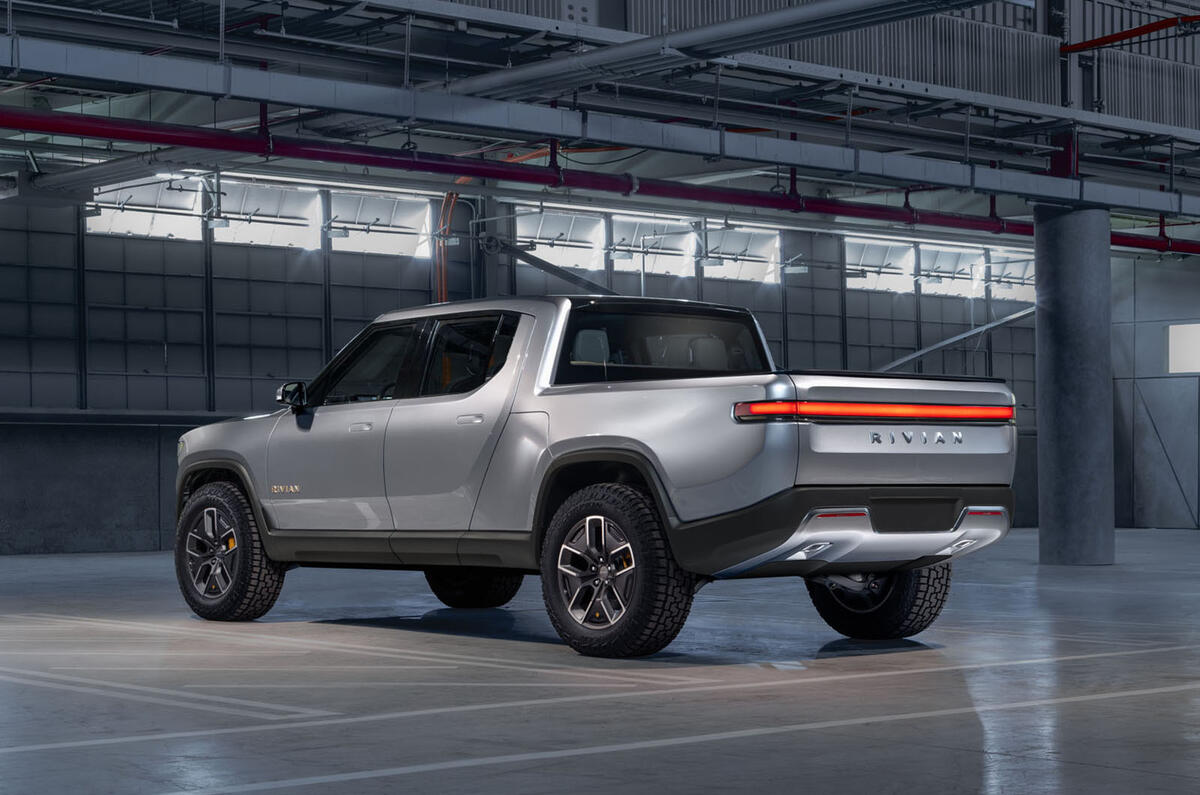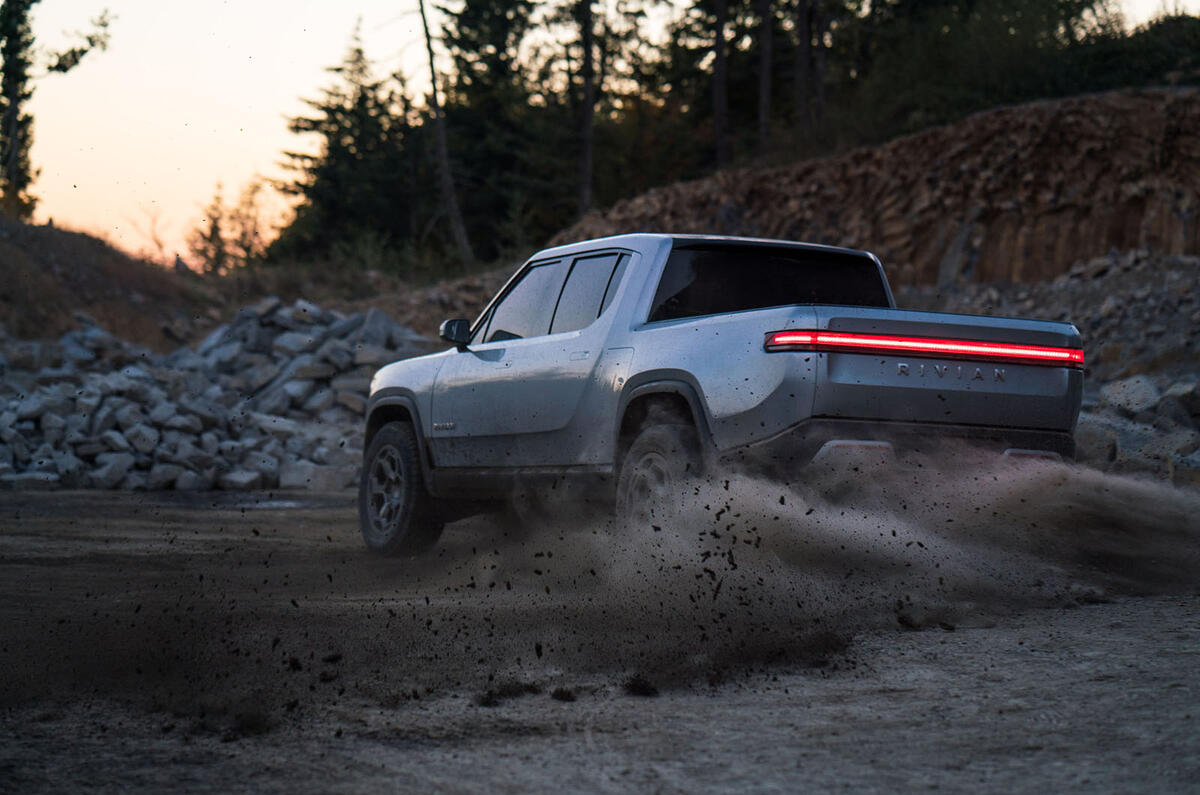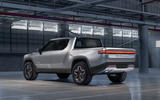We hear of new start-ups all the time, but Rivian, which will launch its first two models at this week’s Los Angeles motor show, is one to take notice of.
It’s actually been around since 2009, when Tesla was still making Roadsters, and it could have gone public with its plans then. But here we are in 2018, and we’d still be waiting for anything tangible to emerge.
That instantly bucks the trend of start-ups, many of which are the very embodiment of the phrase 'over-promise and under-deliver'. Faraday Future, anyone?
Instead, Rivian has waited until it has something – or, rather, some things – to show, and it has seemingly thought of everything in the creation of the R1S and R1T.
The two models are desirable, contemporary offerings and truly something new; no-one is making electric off-road vehicles with Tesla-style cool at this moment.
The people behind Rivian are of great credibility, too, including engineering director Mark Vinnels, who joined from a similar role at McLaren.
The design of the models is pleasing, the branding is quality and the technology and its application are most impressive of all.
So, what’s the catch? Well, no start-up has it easy, yet at present Rivian’s approach has been the steadiest of walks, and it's only now breaking into a light jog.
We shall watch its progress with interest.
READ MORE
Electric start-up Rivian unveils pick-up truck to rival Tesla
Dyson's electric car - our vision of what it will be like
Musk pledges Tesla pick-up will have 'game-changing' new feature









Join the debate
Add your comment
Charging
According to the earlier article, the biggest battery option is a monster of 180KwH. That will take some charging!
The typical mains breaker on a UK house is rated at 15 Kw so it would take 12 hours for a full charge with absolutely nothing else running in the house - and it would need a direct 64 Amp feed from the main fuseboard. So anything more than a top-up charge will be impractical at home without an upgraded power supply and/or massive battery storage fed 24/7.
Presumably future owners will have to rely on public chargers and those will have to be the very high-output 350 Kw ones now planned. The current 50 Kw units would need 3 hours plus.
How will this play in the US? Are there plenty of very high-output chargers?
oh...
this bucks the trend because you've never heard of them and they're almost ready to go, as opposed to others having a ropey prototype which is nowhere near ready, rapidly vanishing money, and are making as much publicity as they can about how awesome everything's going to be
well...
if they're at the point where it's been crash tested, it's reasonable to say a lot of other work - reliability testing etc - is fairly well progressed too. They have an empty factory, but it needs sorting out so that they can actualy start to make it, all the equpiment needs installing, production tooling needs making, staff need hiring and training. Then have a pre-production run to find and fix tooling/equipment niggles, make changes to the built sequence if necessary, all of which takes time. Rushing this bit gives you inconsistent build quality and reliability problems, resulting in a poor reputation which is difficult to get away from when it's all you have.